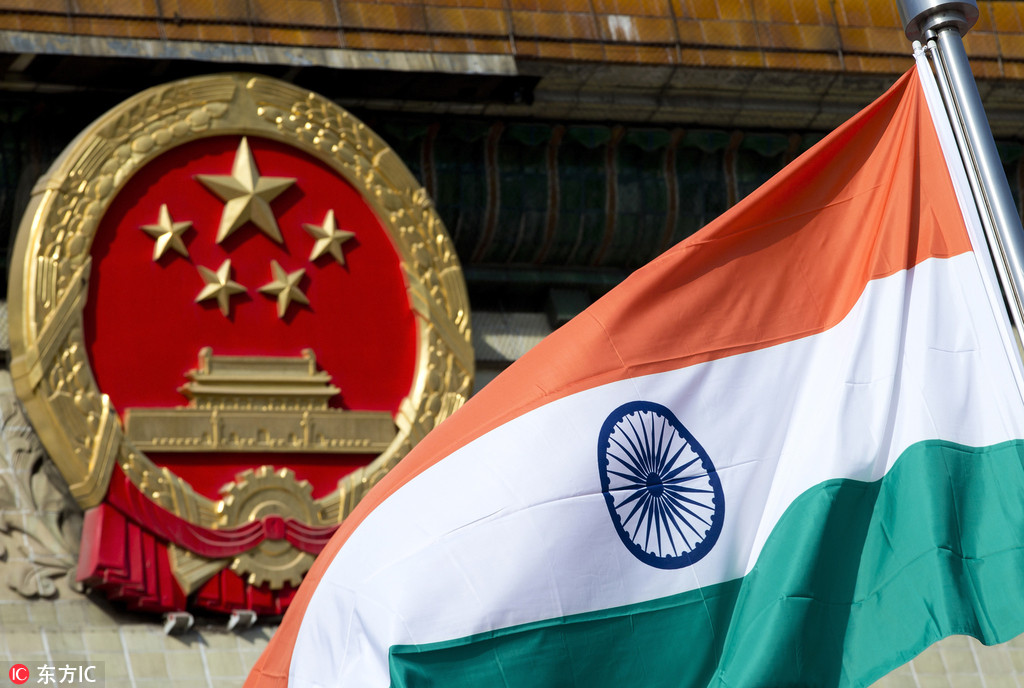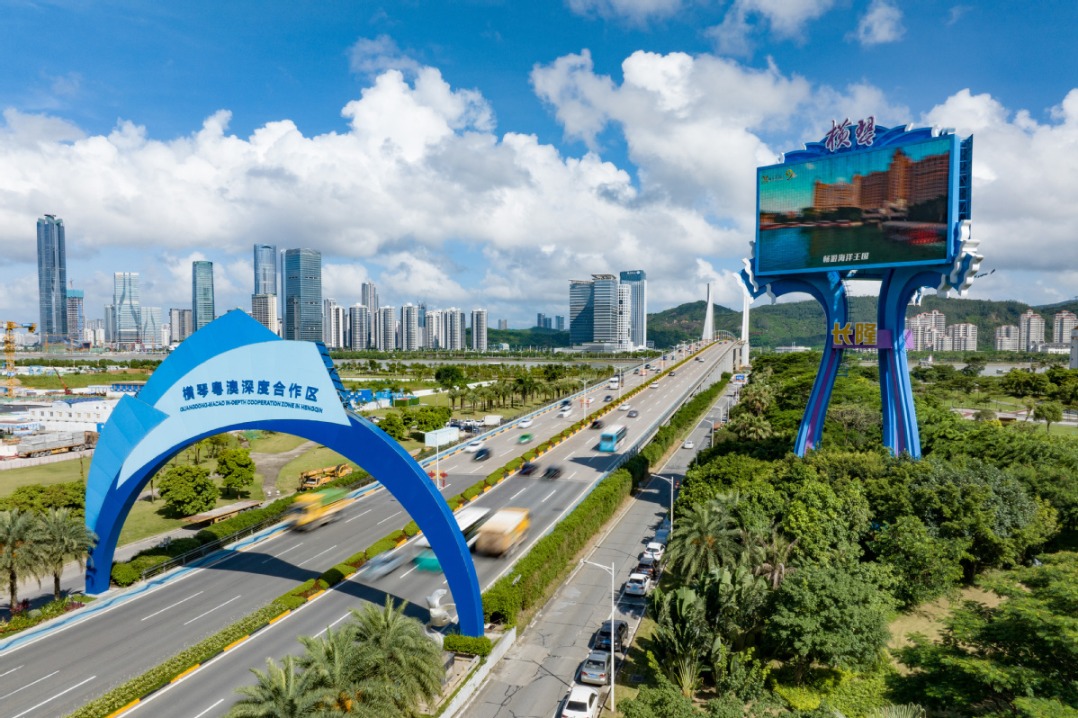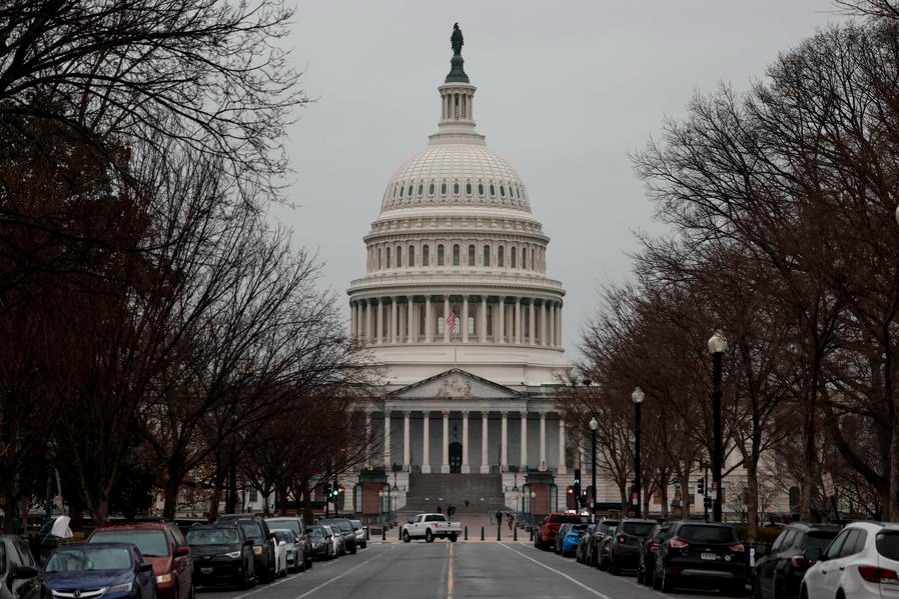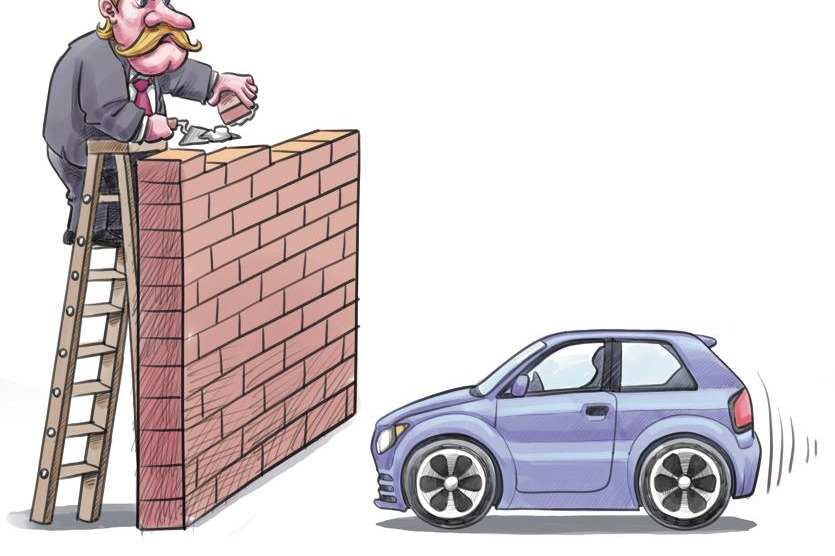A major chance to lift China-India ties


The world will be watching as Chinese President Xi Jinping welcomes Indian Prime Minister Narendra Modi to Wuhan in Central China's Hubei province on Friday for the first "informal" summit between the two countries' leaders.
This somewhat surprise diplomatic initiative comes at an important time for China-India relations, considered one of the most consequential for the 21st century. Yet bilateral relations, at times, have been affected by historical grievances and geostrategic tensions.
It will therefore be good for the two countries, as well as the world, if they manage their ties well.
For more than 2,000 years, the two ancient civilizations have had a friendly association, which has been recorded in numerous stories and Buddhist relics of exchange. In modern times, the two countries supported each other in their struggles for national independence and, along with Myanmar, initiated Panchasheel, or the Five Principles of Peaceful Coexistence, enriching international relations.
Today, both China and India are at a crucial stage of reform and modernization. There is a lot they can share with each other to achieve their similar goals-the Chinese Dream of national rejuvenation and the vision of "New India". China is the biggest trading partner of India, and India the largest project contracting market for Chinese companies in South Asia. India's competitive edge in information technology, software and medicines, and China's strengths in manufacturing, infrastructure development and emerging industries make the two sides natural partners with great potential for closer economic cooperation.
The two countries also share the common interest of tackling global issues, from climate change to cybersecurity. Both strongly support globalization and multilateralism, and advocate increasing developing countries' voice in global governance.
President Xi and Prime Minister Modi developed an early interest in each other's countries. Xi was an avid reader of Rabindranath Tagore's poems, and Modi visited China four times to draw inspiration for development as chief minister of Gujarat. As national leaders, the two have met 11 times in four years, with exchange visits to each other's hometowns of Ahmedabad, Gujarat province, and Xi'an, Shaanxi province, in 2014 and 2015 respectively. Such frequent interactions and rare show of friendship underscored the great importance both countries attach to their relations and fostered an effective working relationship between the two leaders. Still, bilateral relations are sometimes rattled by the issue of misperceptions, leading to misreading of intentions and trust deficit.
Given the growing economic asymmetry between the two countries-India's GDP is only one-fifth that of China-some in India tend to see the development of China and India in zerosum terms. They interpret India's failure to gain accession to the UN Security Council and the Nuclear Suppliers Group, and Beijing's pursuit of the Belt and Road Initiative with other South Asian countries as China's steps to gain geostrategic advantage over India and thwart its efforts to become a "leading power". On its part, China will be watching India's role in the "Indo-Pacific" strategy initiated by the United States keeping China in mind.
In this context, the Wuhan meeting provides a much needed opportunity for strategic communication at the top level. The two leaders are expected to hold in-depth talks in a relaxed setting on issues vital to the long-term development of Sino-Indian ties. Rather than focusing on specific issues, such heart-to-heart talks can seek to close the perception gap and restore strategic trust, and form new consensus in order to put bilateral ties back on the track of steady growth.
The two leaders are expected to reaffirm their common vision for peace, stability and development of Asia, which is big enough for the neighboring countries to develop side by side. The common interests between China and India far outweigh their differences. So they should see each other as friends and partners in building a community of shared future for humankind, rather than foes or rivals destined to be trapped in futile competition. Together, they should reject the zero-sum approach and embrace win-win cooperation, because greater synergy of development strategies, the progress of the Belt and Road Initiative, and third-party cooperation in South Asia will benefit both.
As Xi has stressed, the Chinese dragon and the Indian elephant must not fight but dance with each other. If they succeed in doing so in Wuhan and in the future, Asia and the world will be better off for it.
The author is a Beijing-based expert on international affairs.


































